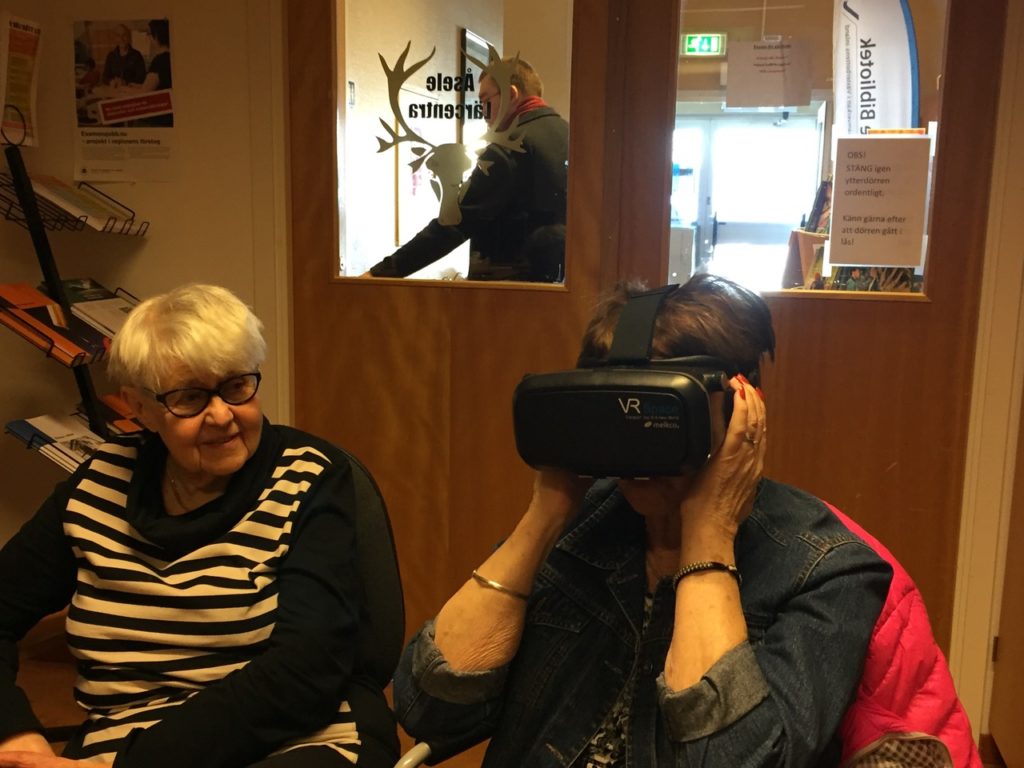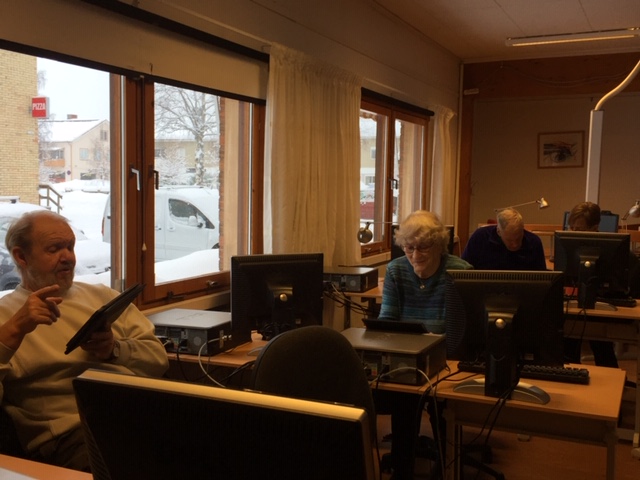http://umu.diva-portal.org/smash/record.jsf?language=en&pid=diva2%3A1362402&dswid=-3696
Access to leisure and wellbeing can be difficult to arrive at due to constraints in health, income, location and time. With shifting demographics ( inversion of the aging pyramid) and increasing urbanization, there is an increasingly urgent need to improve access to leisure activities, particularly for those living in crowded cities or who have limited mobility.
We propose the use of 3D capture of majestic nature scenes and their display in a therapeutic context, as an affordable way to enhance well-being and to provide care to those lacking adequate access to leisure and wellbeing. Our approach to the application of VR-based nature therapy involves immersive media interfaces employing either contemplative (mindfulness-based stress reaction – MBSR) or active (mind/body based behavioural activation) approaches, both using environmental cues salient to end-users and developed within an inclusive design paradigm. The end goal is to employ immersive virtual reality and suitably designed human-machine interfaces to allow individuals of varying ages, means and abilities to continue to enjoy an optimal level of presence and engagement in the real world to preserve quality (and perhaps quantity) of life.





